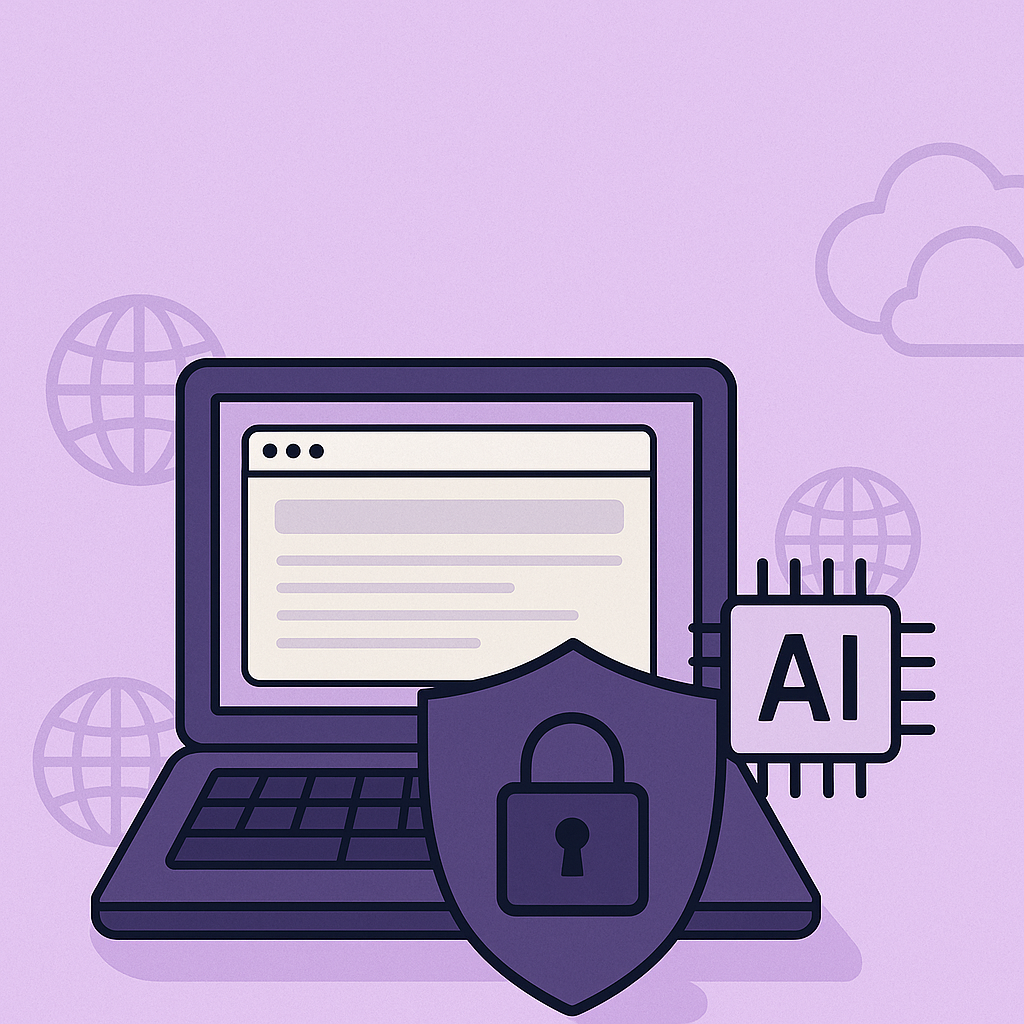Cloud-native VDI represents an opportunity for call centers to drastically improve business operations.
Globally remote call centers use cloud-native VDI to work remotely, increase productivity, reduce costs, simplify device management, and more. This is especially the case as call centers continually adapt to the new normal. Let’s take a closer look at how cloud-native VDI helps call centers improve business operations.
Limitless remote access to work
VDI enables remote call center employees to work from anywhere, any time, on any device as if they were connected to the call center’s local network. Remote work has dominated the year of 2020, and business operations will never return to exactly how they were before the pandemic. It is likely that partially working from home will be permanently woven into call center business operations after the pandemic. And for employees with time to kill as they wait for their children’s baseball practice to end, it’s important to have the ability to access workloads and use that time productively.
Low latency
Cloud-native VDI has lower latency than on-premises VDI, resulting in improved connection quality and speed on employee devices. At call centers that rely on their employees to handle a high volume of phone calls, this saves time, increases efficiency, and boosts customer satisfaction.
How do we know for a fact that cloud-native VDI has lower latency than on-premises VDI? Latency is primarily determined by the distance from a device to the data center. In the case of cloud, specifically Google Cloud, there is a vast global network of these data centers, so employees are never too far from a data center. In contrast, on-premises VDI relies on one data center location for all employees around the globe, and this extreme distance leads to latency issues that can harm call center operations and customer service.
Custom scalability of resources
Call centers should not:
- Be charged for resources they don’t need.
- Have to lose a week of productivity waiting for new employees to be onboarded.
- Be disproportionately billed for computing power they don’t use.
So why do all of these things happen so frequently?
Cloud-native VDI addresses these issues. The cloud’s network allows for the dynamic scalability of resources for a VDI environment in the cloud. For example, itopia deploys the VDI environment in the cloud and provides a lifecycle management platform that makes it very easy to take advantage of the cloud’s custom scalability to onboard and offboard workers rapidly, or schedule computing resources on and off. If a call center hires 1,000 new employees, cloud-native VDI can onboard their virtual desktops in less than a day so that those new employees can hit the ground running as soon as possible. If 1,000 employees leave the company, itopia can remove their virtual desktops so that the call center doesn’t pay for resources it doesn’t use.
itopia’s cloud-native VDI also allows call centers to schedule their computing resource allocation – in other words, if a call center is less busy at night or in the summer, and thus uses less computing power during these times, then its costs for computer resources will decrease. Believe it or not, certain desktop virtualization businesses do not enable their customers to recognize these proportional savings. Instead, they charge customers for a certain amount of computing power, then keep the savings when customers don’t use all of the computing resources for which they paid. In contrast, itopia passes these savings on to its users.
Centralized, simplified device management (for a global network)
With itopia’s cloud-native, a junior-level IT employee can quickly manage and update devices across the entire network from one centralized dashboard. In the past, this was such a difficult and decentralized task that it might have required the efforts of 10 senior-level IT employees. Instead of focusing on device maintenance, those senior employees can spend their time on more strategic, high-level initiatives.
Google Cloud’s global network also enables each VDI environment to span the globe and countless remote locations, while itopia’s unified management console makes it easy to manage everything from a central location. Furthermore, itopia has vast automation capabilities that make management of all these locations and devices even easier and more cost-effective.
Controls for securing environment
Cloud-native VDI grants administrators strict control over who can access specific information, tasks, workflows, and the like. This reduces cyber risk and can prevent employees from accessing off-limits material. Administrators can easily and quickly revoke permissions as they see fit, as well as control which applications are present on each computer.
Similar to on-premises VDI, cloud-native VDI is secure by design. This is because virtual sessions prevent employees from saving files and info to their local device. Google Cloud also has useful encryption and security policy measures you can implement, and that also adhere to regulations and compliance requirements like HIPAA, FERPA, FINRA, FEDRAMP, and others. Meanwhile, itopia makes it easy to customize and add/revoke each worker’s permissions, such as access to certain apps or files, to ensure that data is always locked down and protected.
Quick, easy deployment
Digital transformation doesn’t actually have to be complex or anxiety-inducing if you take advantage of the right workarounds. Building a brand new digital environment for employees can take months – and when the pandemic struck, call centers could not wait months to resume productivity. In contrast, companies can establish remote, virtual workstations on Google Cloud for thousands of employees in under 24 hours using the power of itopia’s cloud automation and orchestration solution.



